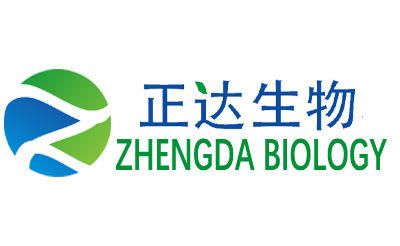What Is Gelatin? A Natural Ingredient with Versatile Applications
Introduction
Gelatin is a natural, colorless, and flavorless substance derived primarily from animal collagen. It has been used for centuries in food, pharmaceuticals, photography, and cosmetics due to its gelling, stabilizing, and thickening properties.
How Gelatin Is Made
Gelatin is extracted by boiling animal bones, skin, and connective tissues—typically from pigs or cows. The collagen in these materials breaks down during this process, yielding gelatin in a purified form. Once dried and ground, it becomes the familiar powdered or sheet form used in kitchens and labs around the world.
Key Properties
Gel formation: Gelatin dissolves in hot water and solidifies into a gel when cooled.
Stabilizer: It prevents separation in products like yogurt or mousse.
Clarifying agent: Used in winemaking and juice processing to remove impurities.
Common Uses
Food: In gummy candies, marshmallows, jellies, and desserts like panna cotta.
Pharmaceuticals: In capsules, wound dressings, and vaccine production.
Cosmetics: In face masks, lotions, and shampoos for skin and hair health.
Photography: As a binding agent in photographic film (historically).
Conclusion
Gelatin is a multifunctional protein derived from natural sources. Its unique physical and chemical properties have made it indispensable in many industries, proving that simple ingredients can have surprisingly complex applications.

